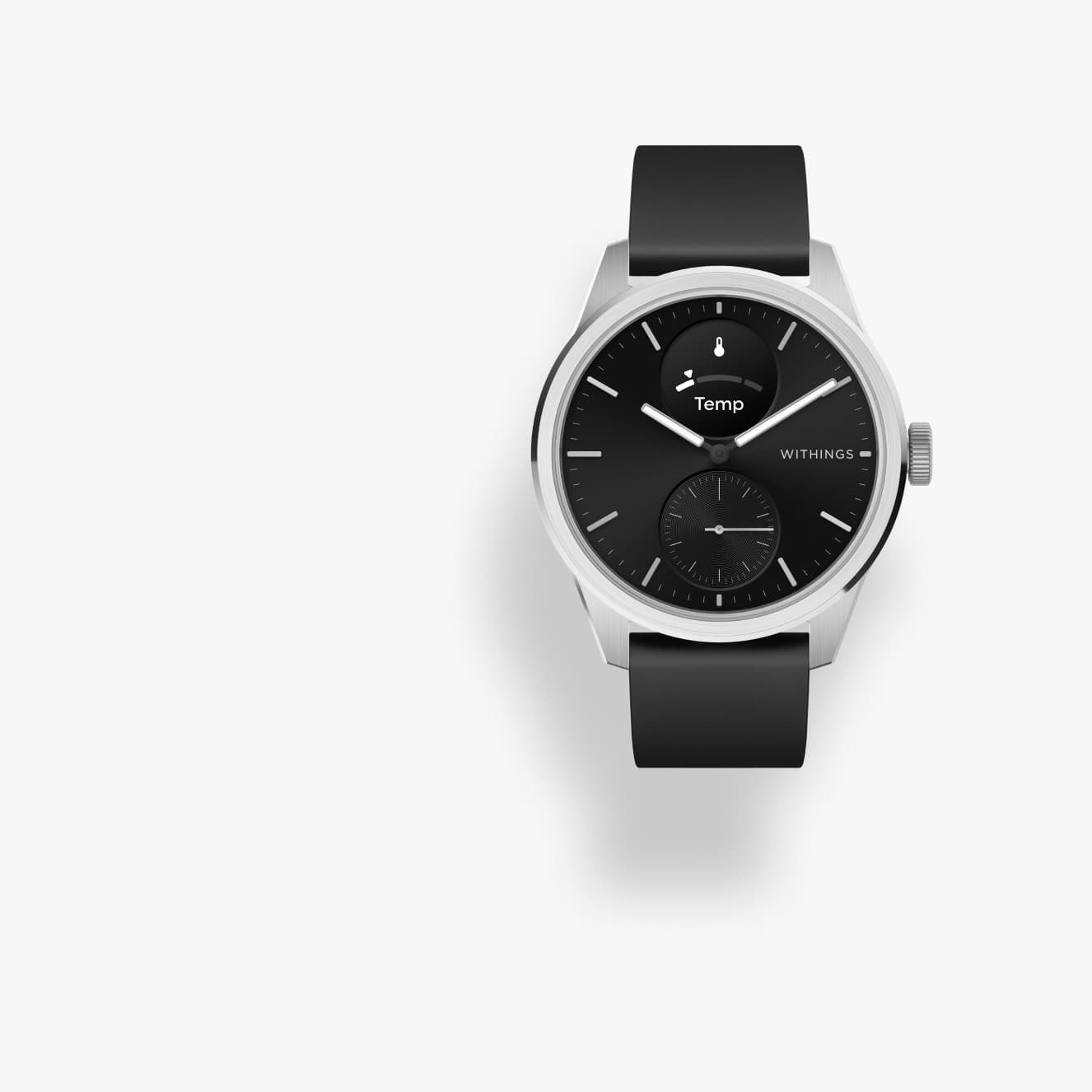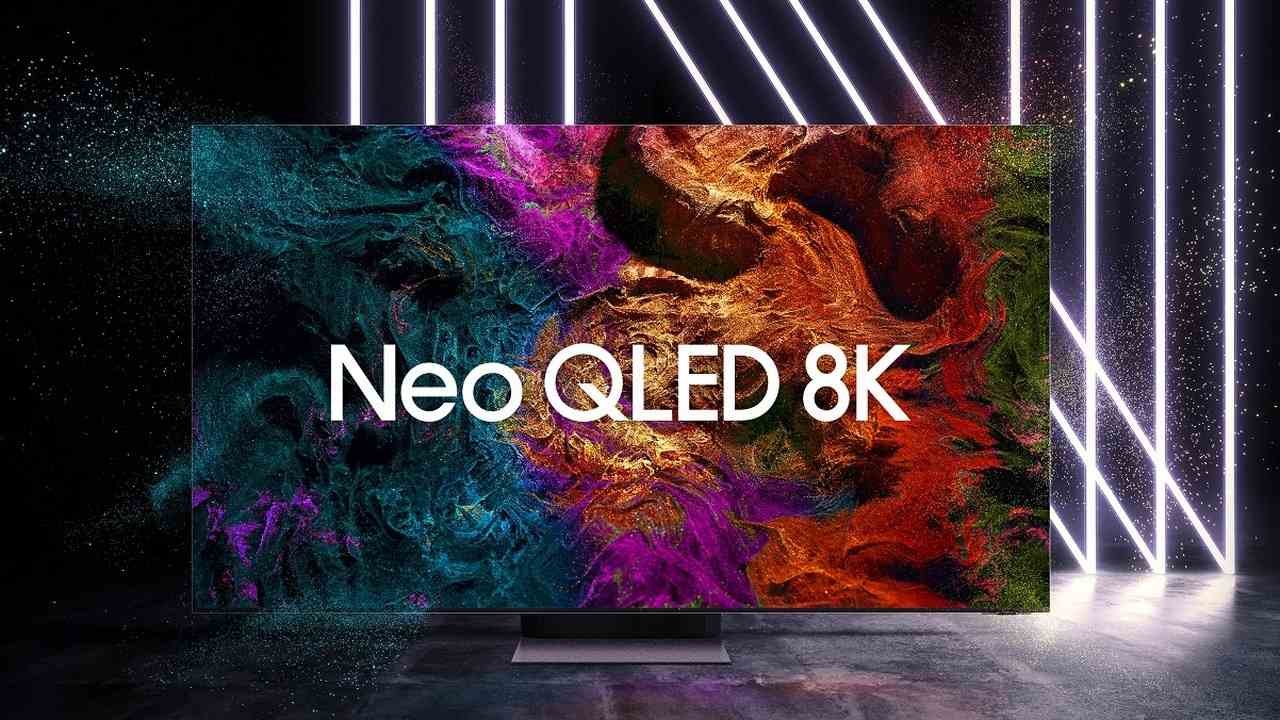Photography enthusiasts will know about the legacy camera brands like Hasselblad and Leica carry. There is a reason why seasoned photographers shooting for the best of magazines and advertising agencies and scientists like to use cameras and lenses from both of these legacy brands.
This is one of the primary reasons smartphone manufacturers like OnePlus and Xiaomi are partnering with legacy camera makers, at least on its surface. However, the reasons behind these partnerships go beyond cashing in on legacy. We look at a few reasons why smartphone makers like OnePlus and Xiaomi are partnering up with legacy camera makers like Hasselblad and Leica.
The brand recall in European markets
Hasselblad and Leica carry a lot of weight when it comes to photography in European markets. While Xiaomi has done decently well in Europe, OnePlus has struggled in the European market. As of April 2022, Xiaomi has about 15 percent market share in Europe, whereas OnePlus has less than 2 percent market share. In contrast, smartphone makers like Apple and Samsung, known for their exemplary real-life camera performance, have about 27 and 33 percent market share, respectively. OnePlus’ market share in Europe had increased after they partnered with Hasselblad.
Portraying expertise
A smartphone maker’s association with a reputable legacy camera manufacturer gives people the impression that the product developed because of the partnership will be as good as the products by the legacy camera maker. This is what OnePlus and Xiaomi have tried to rely on. OnePlus has had issues with its cameras from the very beginning. However, by partnering with Hasselblad, they have been able to market themselves as experts in the field, even though, in reality, their cameras still struggle in going toe to toe against most cameras found in other flagship devices. The partnership between OnePlus and Hasselblad also requires Hasselblad’s ambassadors, some of the best photographers on Earth, to work closely with the smartphone makers, suggesting how they can improve their imaging science.
Borrowing the color science
None of the OnePlus phones that come with the Hasselblad logo has any physical components that Hasselblad has developed. Instead, they have the color science that goes into making a modern Hasselblad. In a very rudimentary manner, one can think of it as a filter, although that wouldn’t be entirely fair to either OnePlus or Hasselblad. Smartphone cameras tend to oversaturate colors and sometimes blow up the dynamic to smithereens. What Hasselblad is doing for OnePlus, is teaching them how not to do that. One can assume that Leica will be doing the same for Xiaomi.
Lessons in image processing
Smartphone cameras, especially those from Chinese brands like Xiaomi and OnePlus, have always tended to overprocess and oversharpen images. These are hard to detect in well-lit conditions, as the photos tend to be just right. However, this becomes a significant problem when lighting conditions aren’t ideal. Legacy camera brands like Hasselblad and Leica are also responsible for teaching these smartphone makers how to reel this in.
Future hardware collaborations
Another aspect that these partnerships can lead to is possible hardware collaborations. If this happens, smartphone photography will see a tectonic paradigm shift. Let’s be real here, no matter how good a smartphone camera gets, it will never be able to replace professional full-frame DSLRs and mirrorless cameras completely. Sure, they will get the job done for most people and their social media usage, but they will not cut the mustard for professionals. And let’s not even get started on smartphones coming close to medium or 120 formats. This is still eons away.
The money for legacy brands
Finally, we come to the benefits that Hasselblad and Leica will get from these partnerships. OnePlus is paying Hasselblad over $150 Million over three years; in all likelihood, their partnership will go beyond that. Similarly, Xiaomi must also be spending Leica a ton of money. For camera manufacturers selling less than 10,000 units a year, the money from these partnerships will go a long way.
Moreover, legacy cameras like Hasselblad and Leica are well-known in Asian markets. However, their visibility is almost zero, especially among people who aren’t into photography. A partnership with some of the highest-selling smartphone brands will surely come in handy when these legacy camera makers get into a massier camera market, with their budget offerings when they take on the likes of Nikon, Canon, and Sony.









